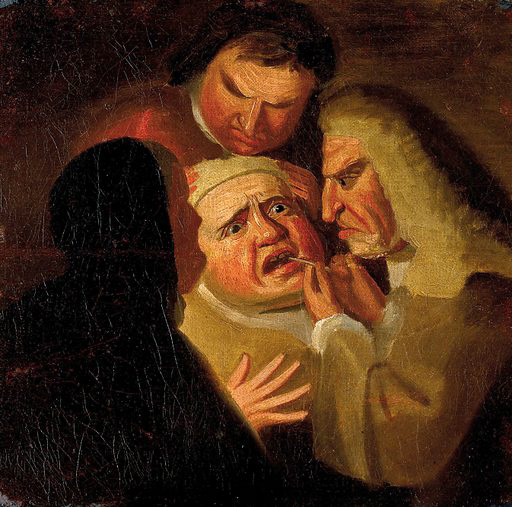This article talks about some of the problems that can happen after an extraction.
Infection
Fever, pain, swelling, and redness are all symptoms of an infection. They usually occur a few days after a procedure and take some time to develop. However, late infections can occur 3-4 weeks after an extraction.
Infection is uncommon in healthy patients who have had an extraction. When wisdom teeth are present, a small amount of food debris can become lodged beneath the gums and develop into a small abscess. The patient complains of tenderness, a bad taste, persistent swelling, and malaise. A small abscess such as this is typically treated by numbing the area, opening up the surgical site, and thoroughly irrigating it with sterile saline. This usually clears the source of the infection and causes the abscess to heal.
Antibiotics
Antibiotics are given out. Receiving post-operative antibiotics does not guarantee that you will not become infected. In fact, the infection rate following wisdom tooth extraction is comparable between patients who receive antibiotics and those who do not.
Socket Dry
A dry socket (Alveolar Osteitis) is a condition in which the blood clot dissolves before the early stages of bone formation can occur. The socket’s bony walls are exposed to air and cold, and they are extremely sensitive. Dry socket, like an infection, usually appears 3 days after an extraction and is most common in lower wisdom tooth extractions. Dry socket is exacerbated by smoking, birth control pills, and poor hygiene.

Preventing a Tooth Extraction
A root canal treatment can be the solution is done to remove infected pulp from the inside of a tooth.
Tooth decay can cause infection in the tissues that surround the teeth. This infection can spread through the bloodstream and cause serious problems. The most common symptom is severe pain when biting down on food or drinking cold liquids.
If the infection has not been treated properly, the pulp tissue will die and the tooth will need to be removed. During the removal process, the dentist will drill out the nerve endings and fill the empty space with a special material.
Final Thoughts:
If you experience more pain of a different quality a few days after the extraction, you may have a dry socket. Please return to the office. Do not put off your post-operative appointment. A dry socket is easily treated by packing the socket with menthol/eucalyptus oil gauze, which relieves the pain immediately. Until the gum tissue grows down and lines the socket, this packing may need to be changed every other day.

